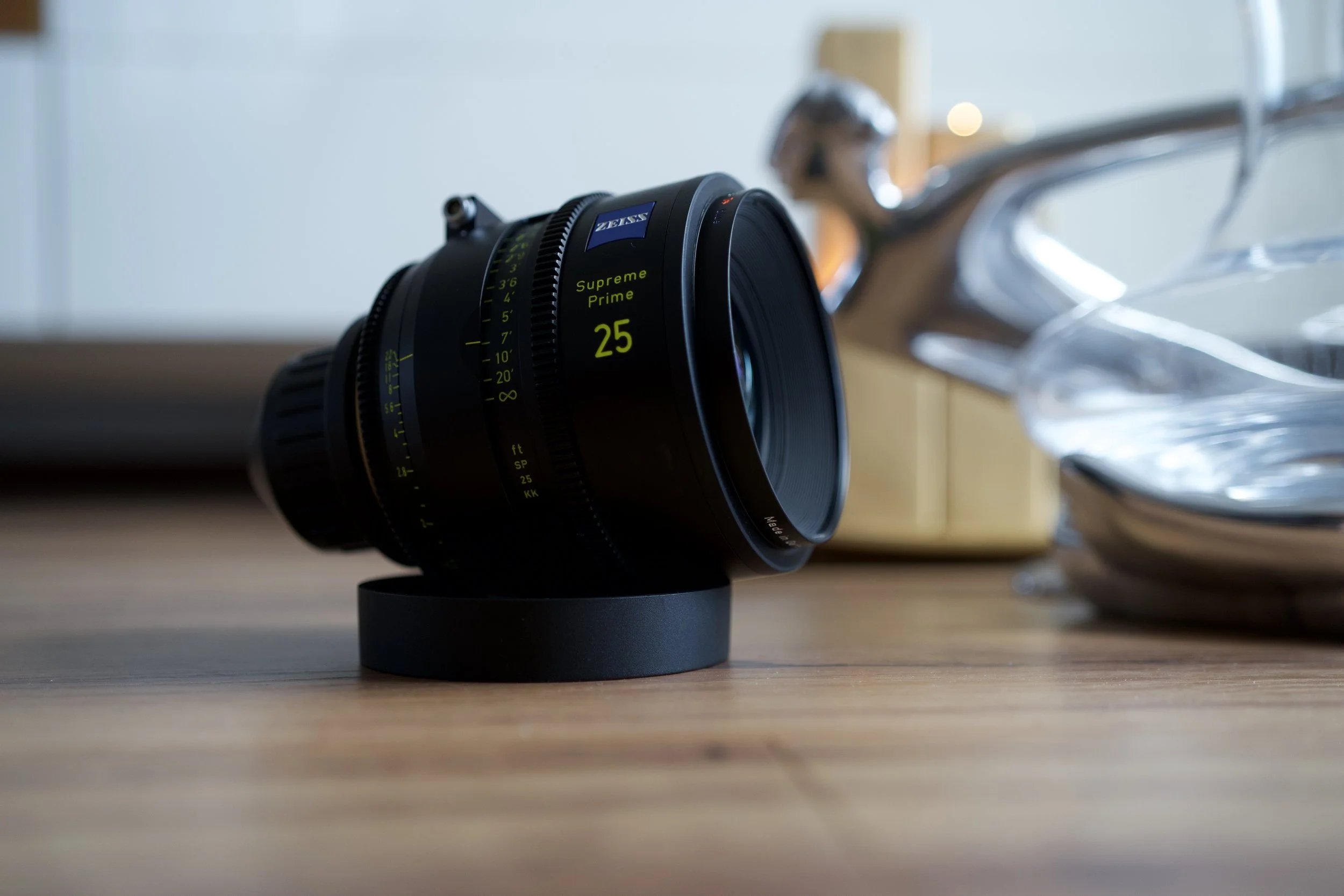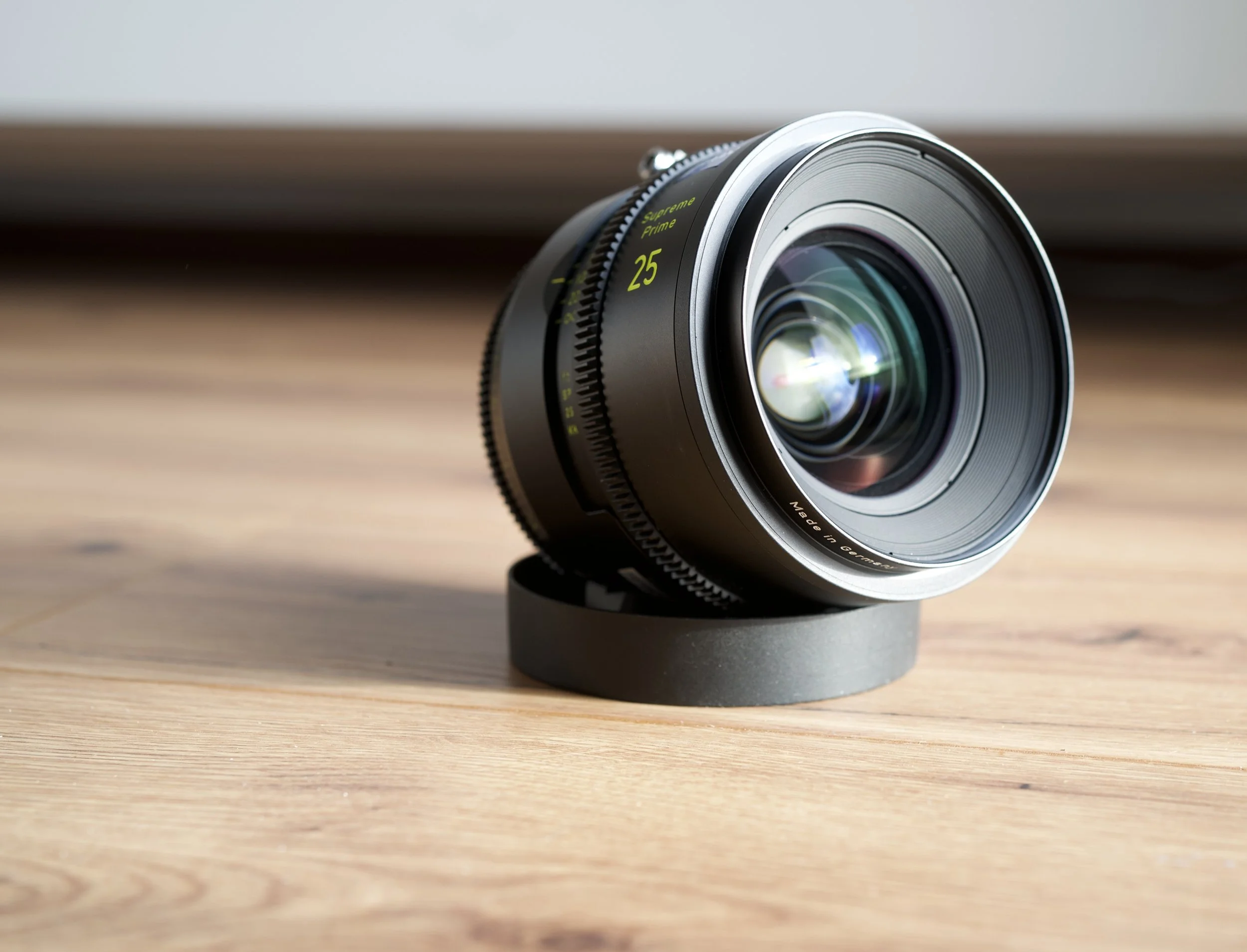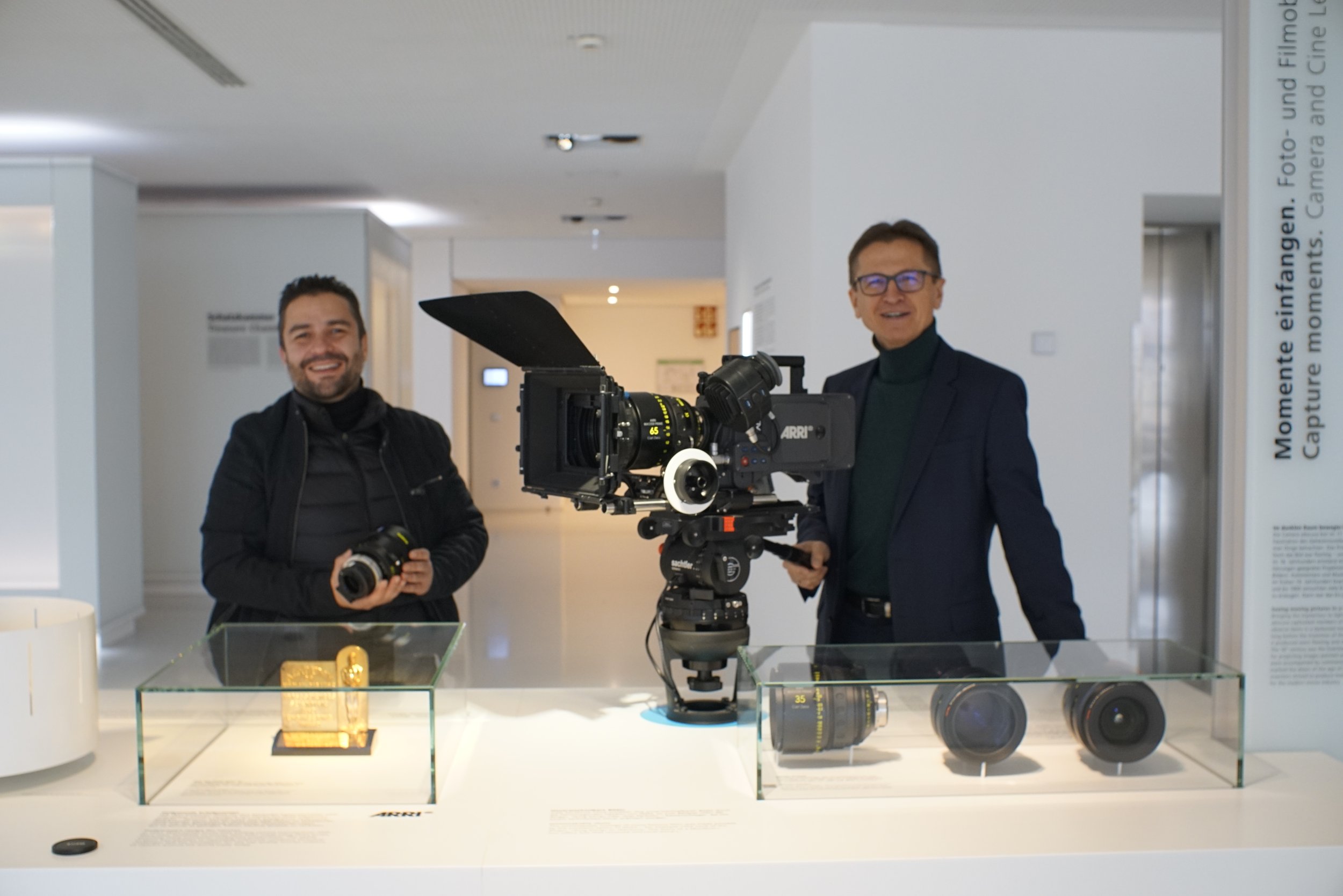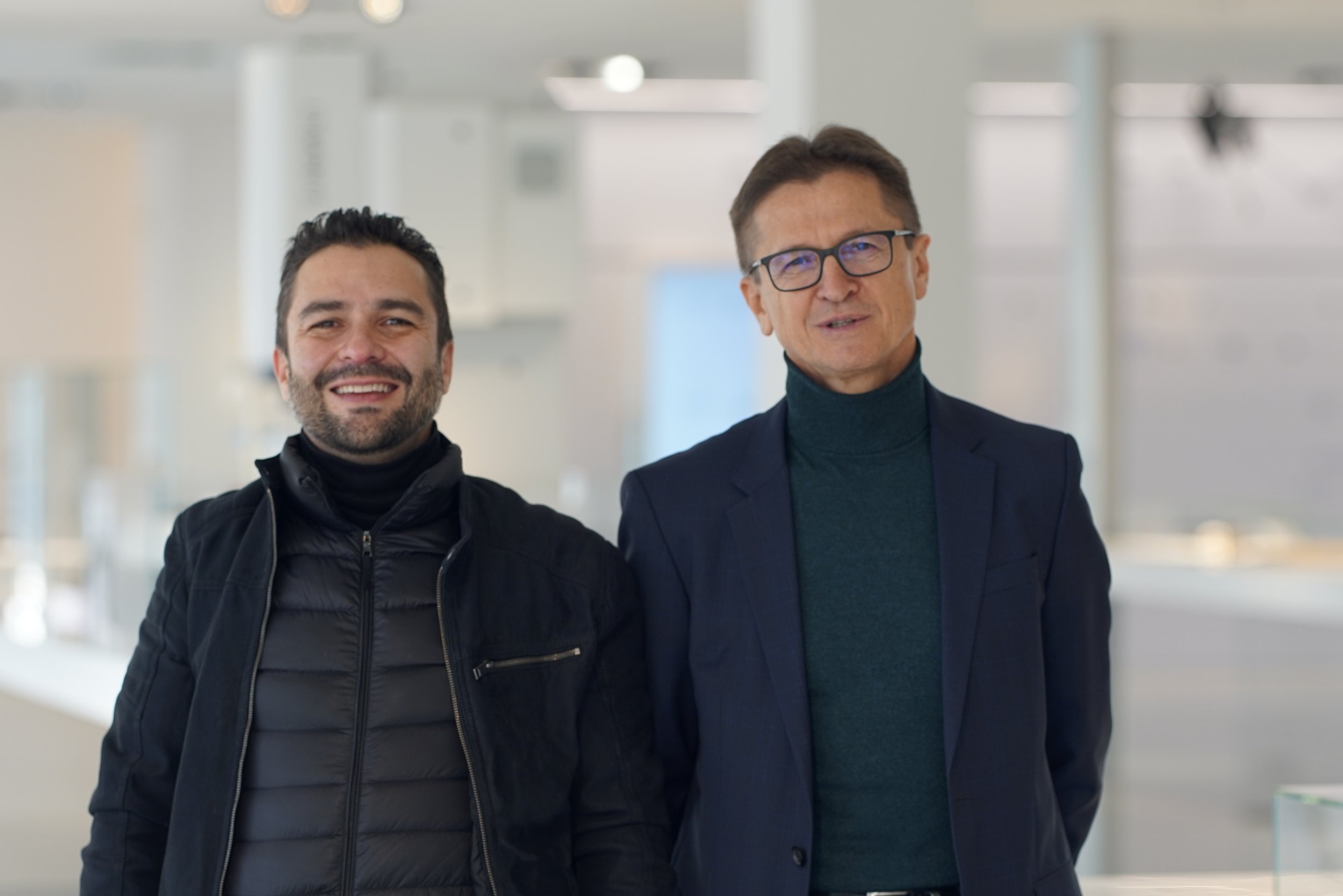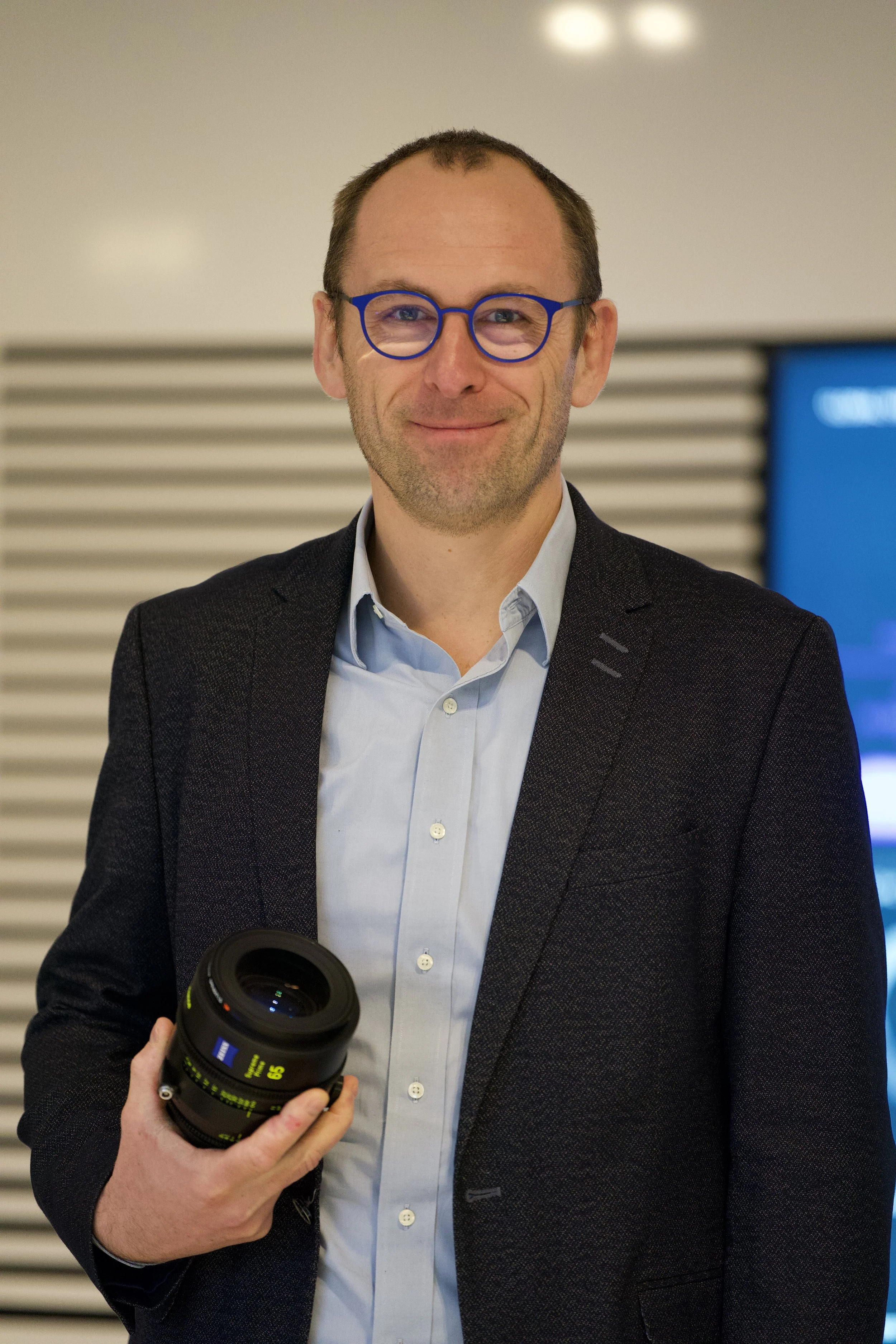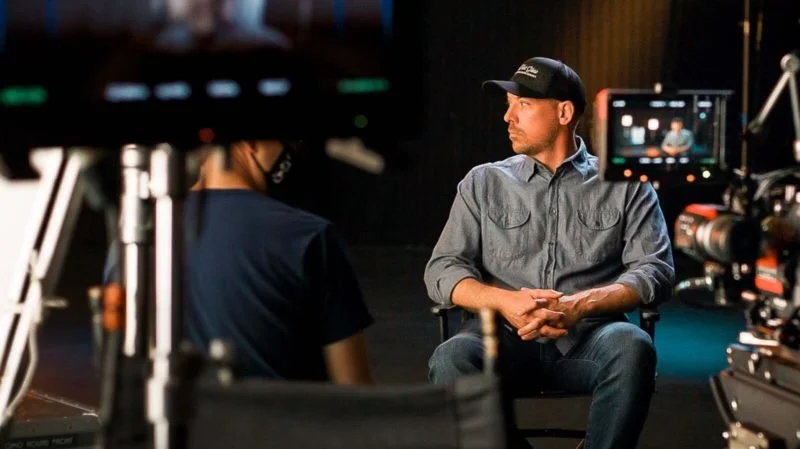A Visit with ZEISS - Interview by Eduardo Servello AMC
NEER Artist Eduardo Servello AMC sits down with some of us Zeiss’s leaders to discuss why the optics have been a powerful mainstay in our industry
80 km away from Munich and 70 km east of Stuttgart is the town of Aalen. Located on the banks of the Kocher river, a privileged site for a mountainous area is where the leading optical company Carl Zeiss calls home.
I had the privilege to visit the facilities and talk with some of its outstanding executives and engineers in charge of optical development cinema and photography. They shared their knowledge about their products and why Zeiss is undoubtedly the leading optician in our industry.
Joseph Kohnle - Zeiss Senior Director of Operations
ZEISS always seeks to create something new to be a market leader. ZEISS has a vision and works on projects to improve your daily life and workflow. A good element is distinguished by many factors, one of the most important is RELIABILITY. Our lenses are reliable as you shoot in many different circumstances to give you the confidence not to fail during your projects. We are not Followers, we create the market and listen to our customer.
“A good element is distinguished by many factors, one of the most important is reliability.”
Christophe Casenave - Head of Category Management & Sales Cinema Products at Zeiss
We have a tendency to be more neutral because we believe and consider with the new technologies that the image filmed on Set is not the definitive image and for this reason we create an optic that is a good tool for a DOP. When it comes to your vision, you can modify its appearance since optics has its own character.
We know that not everyone wants the same look and we try to identify the common denominator but keeping the image of the brand, I always comment to my colleagues that there is the possibility of creating a more vintage look or perhaps any other optical experiment, however, each brand has its own optical design and each manufacturer creates what is typical of its brand, it designs.
We create efficiently sharp optics and in terms of color rendering.
Alejandro Alcocer - Sales Manager of Zeiss Cine in Latin America
It is not possible to talk about optics, not only in the photographic and technological field, without referring to the Carl Zeiss brand. For 175 years they have created optics and its founders are Carl Zeiss, the engineer Ernst Abbe, Otto Schott who was the supplier of optical glass for Zeiss, and Paul Rudolph who was their optical designer. All of them are considered the fathers of physical optics and many of their optical designs have been replicated by other manufacturers throughout history.
In the beginning, the lenses were manufactured from trial and error, that is to say that there was no solid mathematical foundation for the manufacture of optics. It was with the incorporation of Ernst Abbe, with his approaches and mathematical formulas, that Zeiss started manufacturing lenses in a much more consistent way. This came together with the industrial revolution which allowed industrial processes to be done in a more standardized and consistent way.
In the 40s, they were of a single layer, this means that they could only influence a part of the visible spectrum of light. Later in the 1950s, with the work of Alexander Smakula, multilayer or multilayer coatings were proposed that could cover the entire visible spectrum of light. Today, we have such great control of optical coatings that we can make lenses that transmit 99.9 percent of the light that travels through them or coatings that are mirrors that reflect 100 percent of the light.
Starting in the 1960s, with the advent of computing, Zeiss began to create computerized optical design. We are pioneers in that the first computer designed lens was the Zeiss Ultron 50mm 1.8. That it was one of the first lenses to have a concave negative front element, very interesting and avant-garde in its design.
A very important part within the optical design of a cinematographic lens is the mechanical part, which has also had a very important evolution. For example, when we made the transition from High Speed lenses to Ultra Primes, we managed to make very robust and very consistent lenses that had the ability to withstand a Mattebox Clip on without weakening the lens, this in terms of mechanical functions.
Now, we are in an era in which the handling of coatings has creative applications, such is the case of our most recent line, the SUPRIME primes Raidance.
(CC) We created two lines in the SUPRIMES, in them we created a perfect coating line and we tried to eliminate any type of flaires, meanwhile with the RAIDANCE line we tried to give a little more artistic look and for this we adjusted the first and last element, we believe that it is best to provide the best quality and, instead of making a set with flares, we create something unique.
What we see is that today the new DoPs are pushing their individual vision, creating something purely individual. Our challenge right now is, after seeing the weight of a lens in the past and now, making the lenses more compact and lighter. Considering cameras that have a higher ISO, and taking into account the false belief that it makes work easier, we think that fast lenses create more diversity in the style of the image result.
(AA) Without a doubt one of Zeiss' strengths is quality from its mechanical construction, quality of its materials, and manufacture of its optical designs. It is a company that, within its spirit, seeks perfection and therefore our products of the highest quality.







